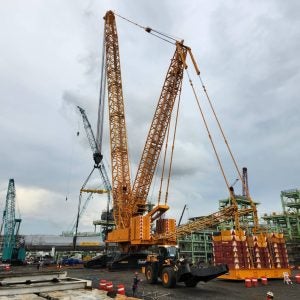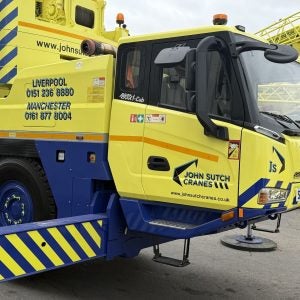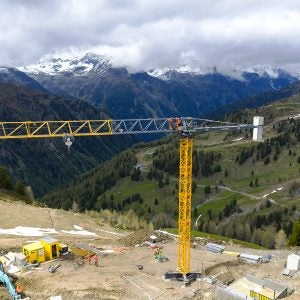Three years later, the brakes on Lindsay Easton's crane failed, and he lost control as he drove the machine downhill. Easton was killed, and his employer was found guilty of corporate manslaughter charges. Again, poor maintenance of the crane carrier was identified as one cause of the accident.
These two cases demonstrated the risks posed to the public and crane company employees by poorly maintained all terrain carriers. They caused concern among the public and politicians, who asked why such big, complex, vehicles were exempt from the sort of regular testing that cars faced.
The truth is, cranes were never exactly exempt from any requirement for testing.
A poorly maintained, irregularly inspected, crane carrier is dangerous, and the owner of the crane will face legal action if their lapses result in injuries to the public or their employees. In both cases above, the crane owners were found to be legally at fault. So there can be no doubt that a crane owner is legally required to test their cranes, including the carrier.
What was unclear, was how these tests should be conducted. Cranes like this, on specially designed carriers, had indeed been exempted from the UK's general roadworthiness testing, known as the MoT.
The argument was made—rightly, I think—that the complexity of all terrain carriers made it impossible for them to face the sort of 'checklist' testing used for regular vehicles.
The UK's road regulations are very unusual in that they allow cranes to travel on the roads with a lot more counterweight, at axle loadings of as much as 16t, albeit at reduced travel speeds.
When an 'MoT for cranes' was first proposed, there were not enough facilities around the country with the equipment needed to perform brake tests on machines set up with these high axle loads. Regularly performing the sort of testing that might have saved Lindsay Easton's life would have required taking some of the biggest cranes in the country off the job site, to travel to a testing facility perhaps hundreds of miles away. If this had been possible at all, it would have added significantly to costs to developers, and ultimately delayed projects. In the last few years, this has changed.
More and more crane companies, like Bernard Hunter, mentioned in this issue, are investing in testing equipment suitable for big mobile cranes, and making it available to third parties.
At the same time, the CPA, the UK association for plant owners, has developed a new voluntary guidance scheme for testing mobile cranes on special carriers.
Colin Wood, who recently retired from his full time role leading the CPA, has spent much of the past ten years working on the scheme. It is, in a way, a high note for him at the end of a successful career.
Julian Champkin spoke to him about the scheme for his article in this issue. Wood explains a key point in how the UK deals with issues like this: rather than specifying how industry should keep the public and employees safe, expert trade groups like the CPA take responsibility for developing industry standards, within a basic legal framework of duties and reponsibilities.
"If your vehicle is involved in an accident, the police will investigate,” says Wood. “If you have ignored the voluntary scheme you will have to convince them that your own strategy for ensuring roadworthiness was as good.
That might be difficult. Showing you have complied with the voluntary scheme, including the maintenance that goes with it, would be good evidence in law that your vehicle was roadworthy.”
Will North, editor
wnorth@cranestodaymagazine.com






